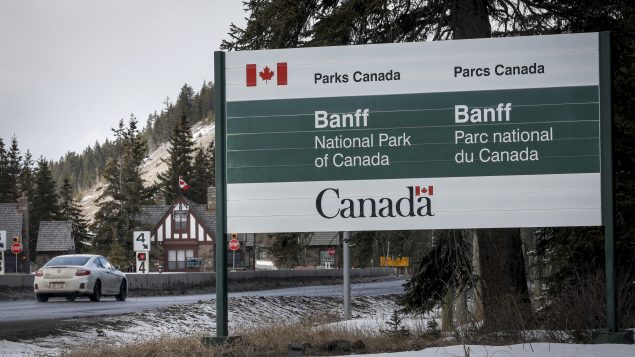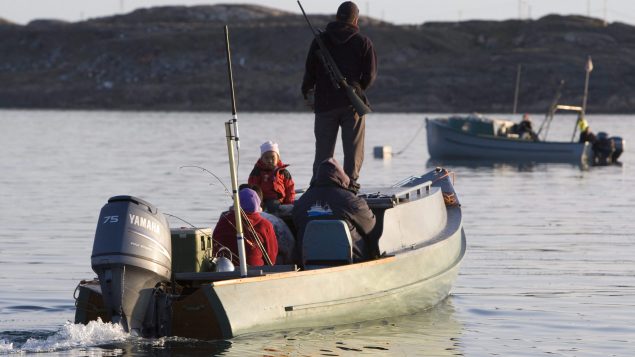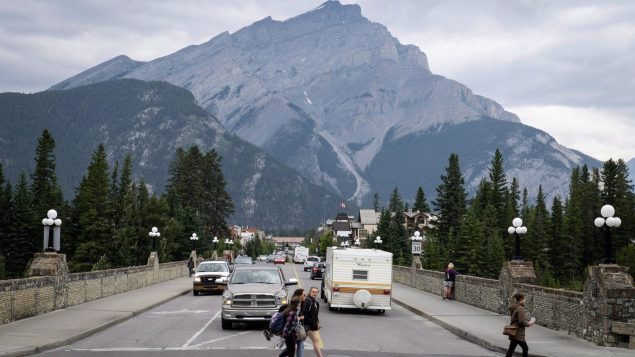Many of Canada’s national parks will partially reopen in June so that people in the area can use trails and green spaces where physical distancing is possible, but Canada’s Arctic waterways will remain off limits to tourists and adventures, Prime Minister Justin Trudeau announced Thursday.
“Getting fresh air is important, but we all have to be responsible about it,” Trudeau said during his daily press conference in Ottawa.
The federal government will consider aligning opening national parks with policies developed by provincial parks in the same region, while also considering their proximity to vulnerable Indigenous communities, Trudeau said.
“We know that this pandemic has hit very differently across the country and therefore, there will be different phases or different steps in reopening of national parks across the country,” he said.
“We will try and align with the local jurisdiction, what provincial parks nearby are going to be doing so that it is clear for people in terms of what they can do in their own particular region.”

The Banff National Park entrance is shown in Banff, Alta., Tuesday, March 24, 2020. While some parks are set to open for day visits on June 1, no camping will be allowed until at least June 21. (Jeff McIntosh/THE CANADIAN PRESS)
Environment Minister Jonathan Wilkinson said some trails, day use areas, green spaces and recreational boating will be available starting June 1 at some Canada’s 200 national parks, historic sites and waterways and national marine conservation areas.
Camping in parks will remain off limits at least until June 21, when the federal government will reassess whether it should be allowed.
No pleasure boating allowed in the Canadian Arctic
Trudeau also announced new boating regulations as of June 1, designed to protect vulnerable communities north of the 60th parallel, as well as in the coastal areas of northern Quebec and Labrador.
“No pleasure craft will be permitted to operate in Canada’s Arctic coastal waters, or in the coastal areas of northern Quebec and Labrador,” he said.
“Of course, this ban does not include boats used for essential fishing and hunting, or for local community use.”

Inuit hunters go out in their boat as the sun prepares to set in Iqaluit, Nunavut, Friday, Aug. 21, 2009. The ban on pleasure craft in the Canadian Arctic does not apply to boats used for essential fishing and hunting, or for local community use. (Jonathan Hayward/THE CANADIAN PRESS)
The new prohibition does not apply to foreign pleasure craft exercising their right of innocent passage through Canada’s Arctic territorial waters, said Transport Minister Marc Garneau.
However, these foreign vessels, which include canoes, kayaks, sailboats and motorboats, will be required to notify Canadian authorities 60 days in advance of arriving in Arctic waters and may be subject to conditions, Garneau said.
“These new measures add to our efforts to fight COVID-19 and will help limit its transmission,” Transport Minister Marc Garneau said in a statement.
“I thank boaters for refraining from operating within Canada’s Arctic coastal waters and doing their part to help protect our remote and vulnerable communities. We are all in this together.”
These measures will remain in place until at least Oct. 31, 2020, which is usually the end of the shipping season in most of the Canadian Arctic.







For reasons beyond our control, and for an undetermined period of time, our comment section is now closed. However, our social networks remain open to your contributions.